washing protocols chromatography glass vials factory-HPLC Most of the glass vials and glass bottles on this website can be ordered Call us at (888) 322-5722 for information on cleaning your glass containers.

washing protocols chromatography glass vials factory-HPLC Most of the glass vials and glass bottles on this website can be ordered Call us at (888) 322-5722 for information on cleaning your glass containers.
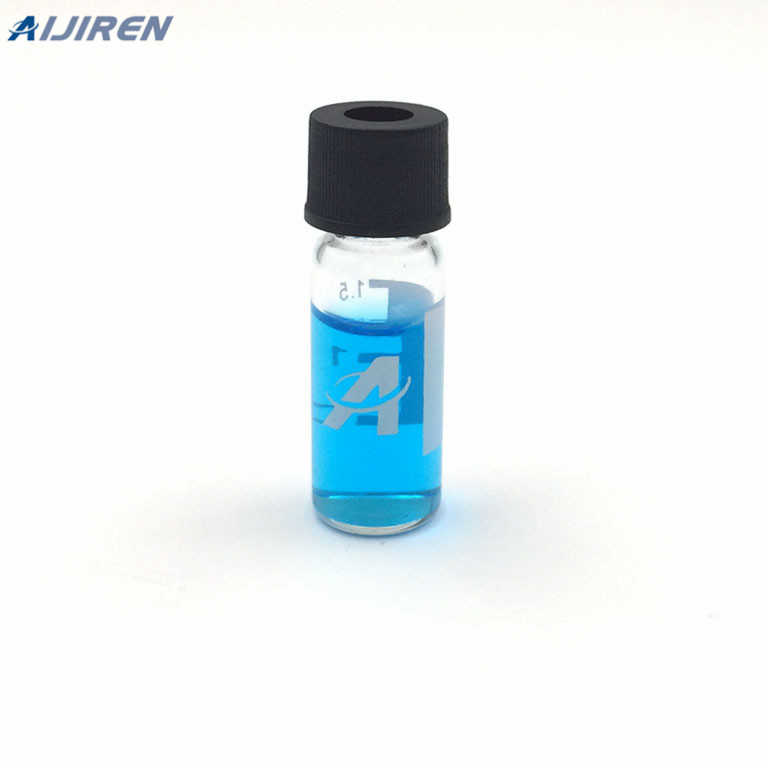
6. Carefully add 800 uL HPLC grade Methanol to a 4 mL glass amber vial; a. Note: saturate pipette tip thoroughly by pipetting up and down twice before adding to vial to avoid dripping 7. Carefully add 200 uL of 1.0 mg/mL drug stock to the methanol in the 4 mL vial; a. Note: saturate pipette tip thoroughly by pipetting up and down twice before

Protocol For 1.0 mg/mL ultimate stock 1. Weigh out 2-7 mg drug powder with balance on 4th floor using antistatic microspatula into 8 mL amber glass vial 2. Carefully add enough HPLC-grade Methanol to vial to create a 1.0 mg/mL ultimate stock; a. Note: saturate pipette tip thoroughly by pipetting up and down twice before
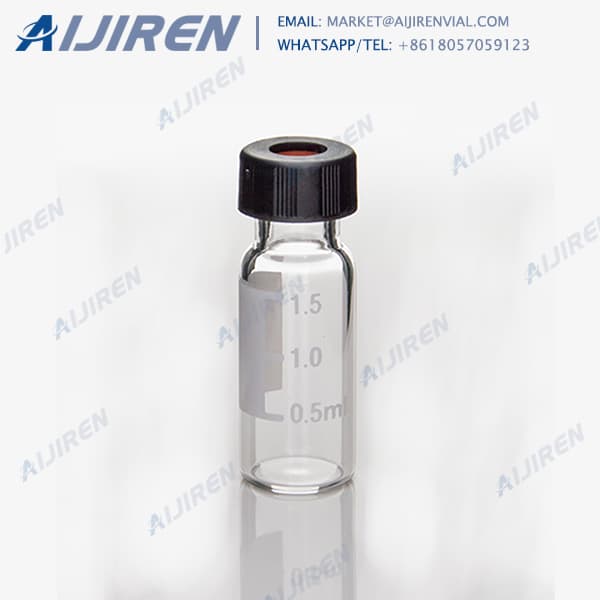
Jul 4, 2017 · We are currently short of HPLC Consumables such as Column and Vials. It will take a long time before the new supplies arrive so we need to re use the consumables. Any suggestions on how to

the cleaning of laboratory glassware has sometimes been applied to autosampler vials. The cleaned vials are then utilized in the laboratory in hopes of reducing consumable costs. This note shows that this cleaning is causing both physical damage to the glass vials and is also ineffective at removing contamination from the vial surface. This
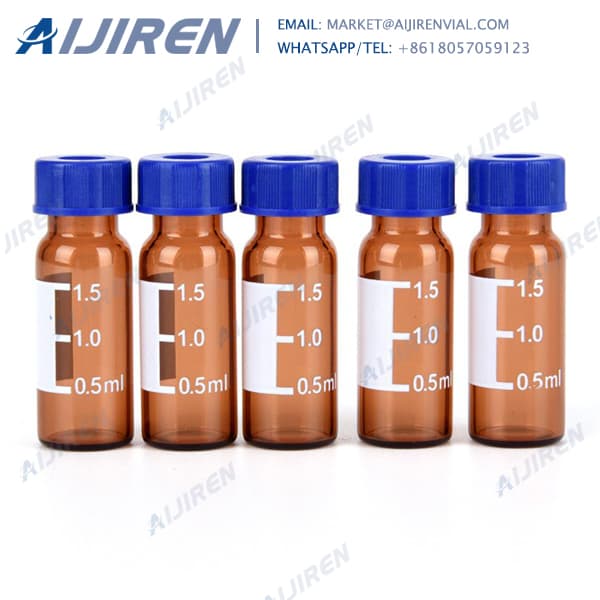
Use clean vials, caps, and plates 1. Use Waters‐brand vials; they have been certified for certain levels of cleanliness. (Select the vial appropriate for your application.) Other vials can contain contaminants that interfere with the application and contaminate the system. 2.
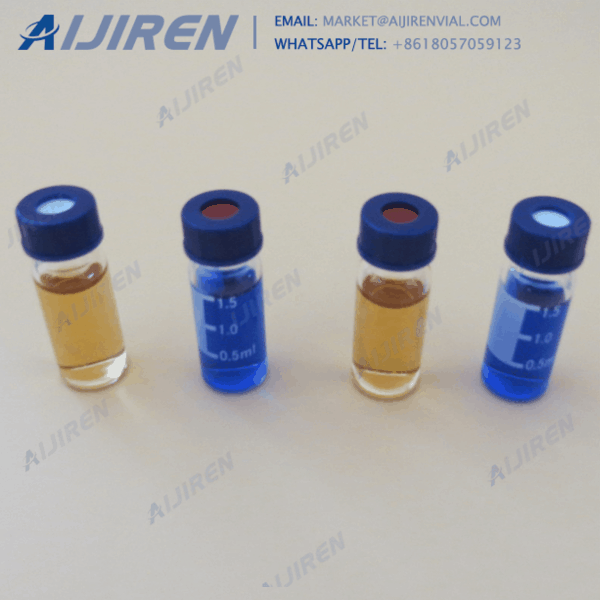
1.10 Use clean vials, caps, and plates a. Use Waters-brand vials; they have been certified as contaminant-free.4 Other vials may not be clean or may have caps containing adhesives that can contaminate the sample manager. b. Make sure the liner on your vial and bottle caps does not contain contaminants (check the manufacturer’s description):

The washing process used either potable (mains) water, pharmacopoeial grade purified water (with a bioburden limit of <100 colony forming units (CFU)/mL), both types of water, or only detergent. The types of glassware cleaned were 100 mL glass vials closed with rubber stoppers and kept in place with seals. These were selected due to their size

It is imperative that all soap, detergents, and other cleaning fluids be removed from glassware before use. This is especially important with the detergents, slight traces of which will interfere with serologic and cultural reactions. After cleaning, rinse the glassware with running tap water.

Use only HPLC-grade solvents and water filtered through 0.2 . µm filters. † Residues or contaminations may block filters or capillaries. † Label bottles correctly with bottle content, and filling date / expiry date. † Use solvent inlet filters to protect the system from incoming particles. †
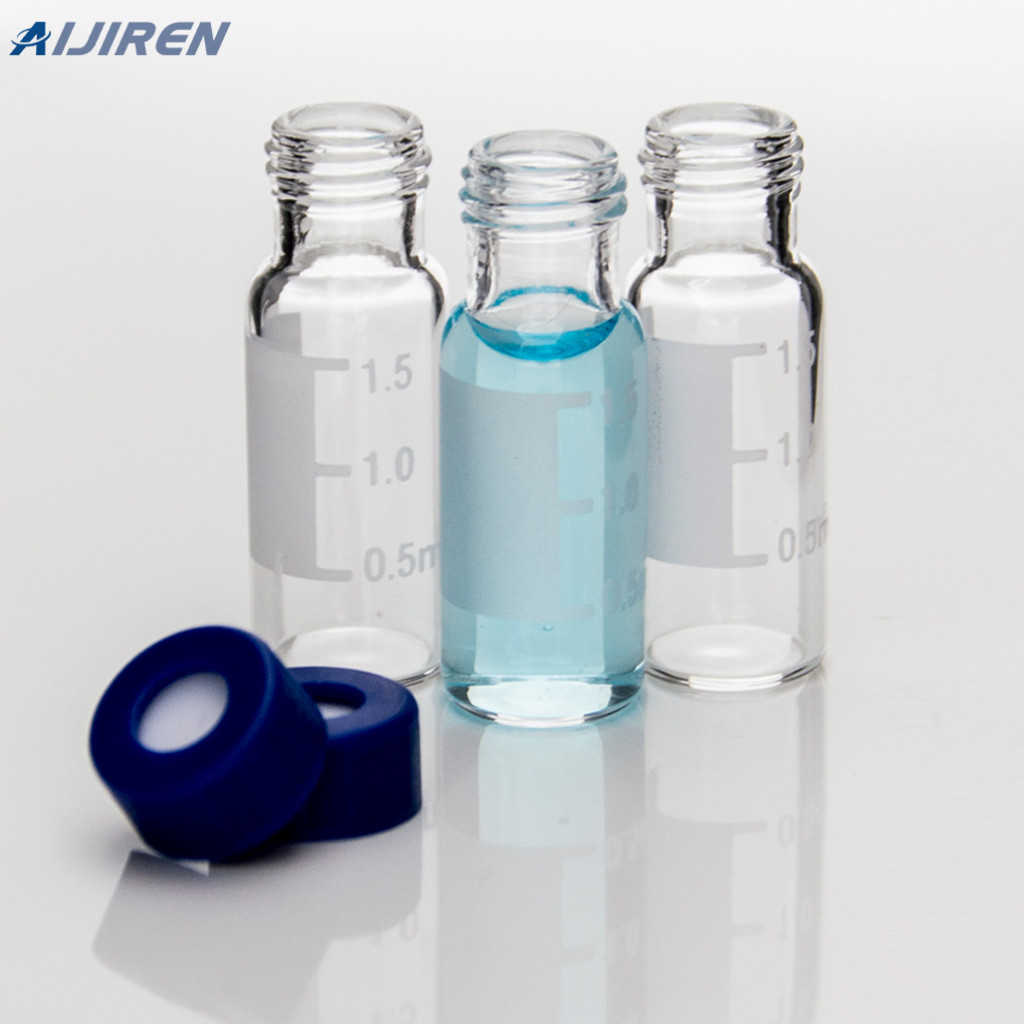
Do not recycle seal wash solvent to avoid contamination Ensure that the vials contain enough sample solution for all injections. Power up the detector. Get Price Validation of a Reversed-Phase HPLC Method for Quantitative Position 2: water for needle wash (open vial). Position 3: OPA reagent. Position 4: water.

Prepare the sample, being certain to use glass syringes and glass vials as plastic residues can contaminate the GC. Now add the prepared sample to a vial with a pipette. Fill at least half way, so that the autosampler syringe will be fully submerged. Then, load the wash and sample vials into the autosampler rack.
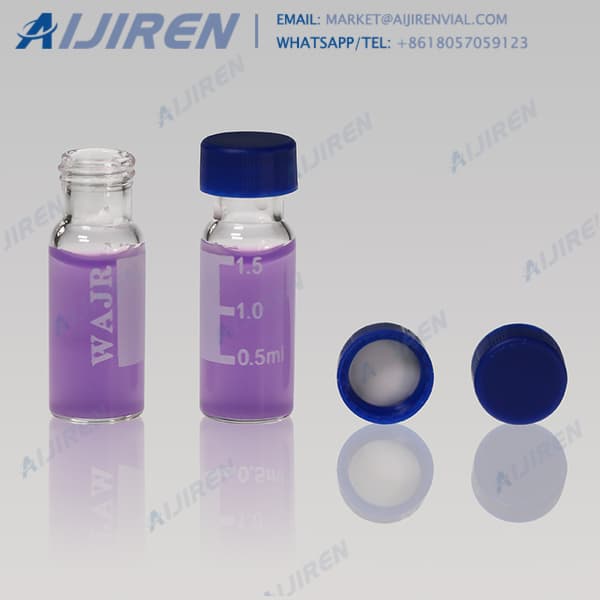
• If more aggressive cleaning is required (for example, when the container’s history is unknown), use the following procedure: Sonicate with 10% formic or nitric acid, then water, then methanol
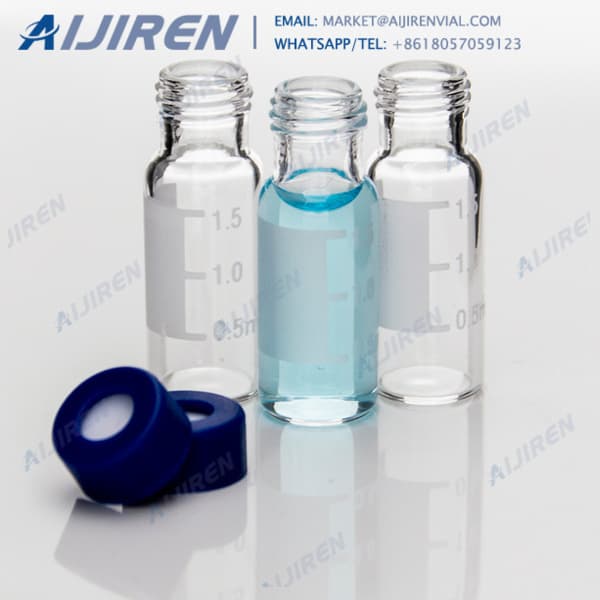
HPLC glass vials washing protocols borosil e1447 Vol 5, Iss 8, Apr 20, 2015 The current protocol describes a method for pulse labeling HPLC (Aijiren, model: ; Pump: Binary Pump VL, model: G1312C) Glass vials (Borosil, Email: market@aijirenvial.com. Whatsapp:+8618057059123. Send Inquiry Online Chat 10mm HPLC sample vials best price HPLC glass

12x32mm washing protocols HPLC glass vials for sale 12x32mm washing protocols autosampler sample vials printedLoad up to 63 40-mL or 60-mL vials, or 120 17-mL vials or 35-mL test tubes. For max-imum flexibility, a dedicated standar E-mail: market@aijirenvial.com Whatsapp:+8618057059123